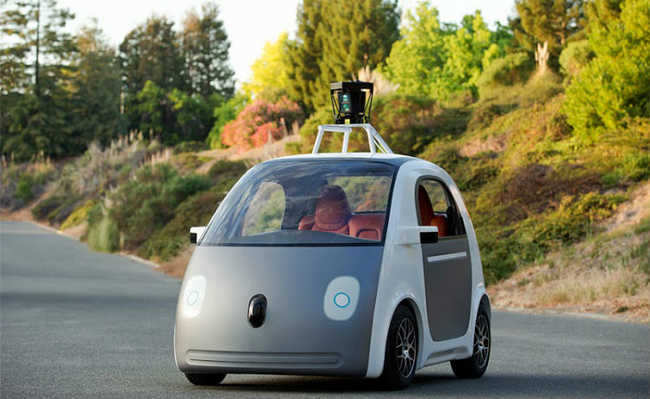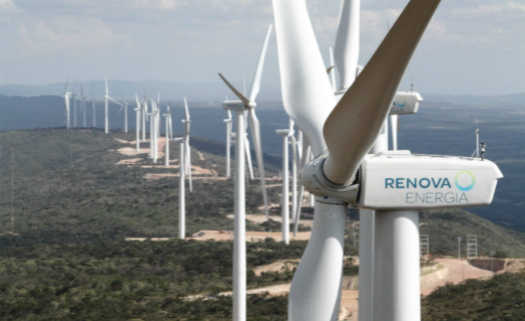Electric bicycle: history, advantages and disadvantages
Get to know the electric bike better and feel free to adopt this means of transport

slikviditet image by Pixabay
What is an electric bike? Also known as bike, it is nothing more than a model that uses an integrated electric motor to give that little hand in the vehicle's propulsion. There is a wide variety of electric bikes: some lighter ones reach speeds between 20 km/h and 32 km/h, while others more powerful reach the mark of 45 km/h. They use rechargeable batteries and are gaining popularity in Brazil and around the world.
- "Orcinus e-bike": the orca-inspired bike
Story
The first electric bicycle patents date back to the late 19th century. In 1895, Ogdem Bolton Jr. invented a gearless, motor-driven model that could deliver 100 amps from a 10-volt battery. Two years later, Hosea W. Libbey of Boston invented a model of an electric bicycle that used two engines.
Several different types emerged during the 20th century. Like Jesse D. Trucker, who had the idea of producing a motor with internal gears that allowed the bicycle wheel to remain free, making it possible to pedal with or without electrical assistance.
In the 1990s, torque sensors and power controllers were invented. With the beginning of the technological era, the electric bicycle market began to expand thanks to the reduction in the price of components and the emergence of new technologies, including innovative ways to recharge the battery, such as movement and solar energy.
Today, the electric bicycle is an expanding market with large industries around the world. In 2009, it was estimated that there were 200,000 electric bicycles across the United States. In Germany, production exceeds the 400,000 units mark. In Brazil, the market is still developing and most of the models present are imported, although there are some places that manufacture ebikes Brazilian companies.
Benefits
The main benefit of the electric bicycle over the regular bicycle is its practicality. It allows you to use a practically non-polluting vehicle to get around the city in a practical and fast way. For those with physical limitations or who do not want to get to work sweaty, the electric bicycle plays a special role in urban mobility, creating independence from cars and public transport capacity. It encourages physical exercise while being a great ally in uphill journeys. Not to mention that it does not emit polluting gases in urban areas. The fact that you can rely on electrical assistance and require less effort in pedaling makes people more confident to cover a little longer distances.
- What are greenhouse gases
The decrease in spending on commuting is notable, in addition to the savings on other expenses such as parking, insurance and taxes, which are much lower for bicycles.
Characteristics
There are two large groups of electric bicycles: the first is the pedelecs, which are bicycles without accelerator and whose engines are activated as the cyclist pedals. In this case, the bicycle will only move from the act of pedaling. The other group includes accelerator electric bikes. They have the options of just accelerating, just pedaling or a combination of the two functions.
In both groups, the main components of an electric bicycle are the engine; the battery, which is responsible for powering the engine; the electronic controller or module that controls the engine speed; the accelerator; the pedal assist system (PAS); and the instrument panel, where it is possible to monitor in real time the information of the bicycle, such as battery level and speed.
It is necessary to discuss legislation that encourages the use of the electric bicycle. The importance of this law encompasses issues such as discouraging the use of cars and reinforcing the demand for infrastructure for cyclists.
Many countries have already enacted laws that work well to regulate the use of electric bicycles. For this, it was necessary to define characteristics to classify what is or is not a bike. Electric bicycles can have very different characteristics, so it is not enough to just define an electric bicycle as a two-wheeled vehicle with an electric traction system. Electric bicycles must be configured according to the intended use. Therefore, maximum speed, autonomy, torque, power, type of acceleration and sensors, resistance against rain and salt spray, weight, type of traction, etc. must be taken into account. For now, the lack of consideration and knowledge delays the progress and order of insertion of these vehicles that, without a doubt, will conquer an expressive place in future mobility.
Benefits of Owning an Electric Bike
- A great opportunity to get in shape;
- You can save a lot of money;
- There is no need for licenses or taxes to fly one;
- The bicycle is considered one of the fastest means of transport in big cities;
- You will not need to get sweaty at work by cycling.
All this without counting the many benefits that a conventional bicycle brings. Learn more about this topic in the article: "Bike: history, parts and benefits".
Problems
The indirect pollution generated by the electric bicycle must be taken into account in the generation of electric energy for its use, in addition to its manufacture and disposal, and in these cases the batteries are the main problem. Even so, the positive effects for the environment still have an advantage, as a bike has a much lower environmental impact than conventional cars.
Batteries, which used to be made of lead and acids, are being replaced by lithium ions, which in addition to being more durable (usually have between 400 and 2000 recharge cycles), are much less toxic and can be recycled. Not to mention that new technologies to make batteries with greater longevity and lower disposal impact are being developed every day. And let's not forget the solar powered electric bike models.
Legislation
One of the main problems of the electric bicycle in Brazil is the lack of legislation for this type of vehicle. In April 2012, a cyclist was fined in Rio de Janeiro for passing through a Prohibition blitz that was invading the space destined for the bike path. After this incident, in December 2013, the National Traffic Council (Contran) published Resolution 465, which regulated the use of electric bicycles in the country, equating it to regular bicycles. With this new resolution, they are exempt from registration, taxation, license and mandatory insurance. However, they need to have the maximum power limit of 350 watts, they cannot have an accelerator and have a maximum speed of 25 km/h. In addition, the electric bicycle must have a speed indicator, bell, night signaling (front, side and rear) and rear view mirrors, in addition to the need for the rider to wear a helmet.










